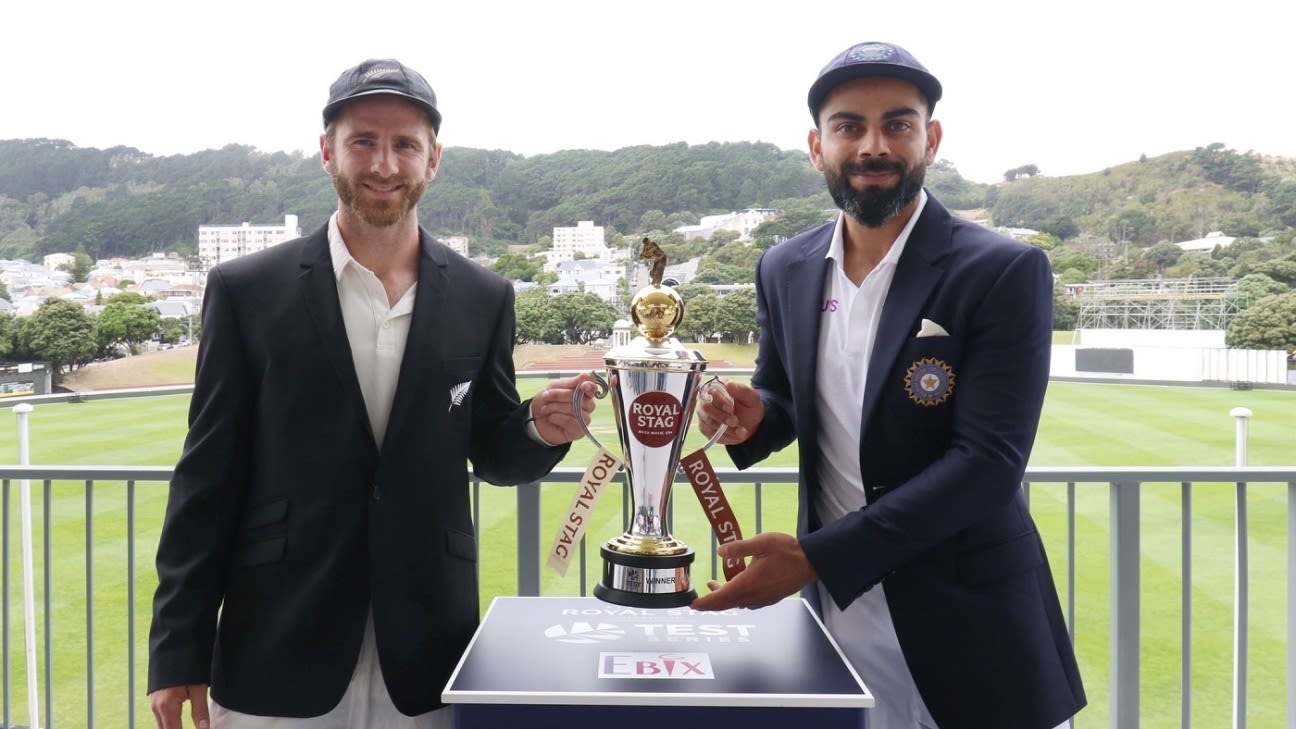From the ball that will be used to playing conditions – here’s a detailed FAQ
When is the WTC final and where?
From June 18-22 in Southampton.
Not only will they be playing at a neutral venue, governed by neutral match officials, but India and New Zealand will also utilise a neutral ball – Dukes, which is used for first-class cricket in England. Usually, India play at home with the SG Test while New Zealand operate with the Kookaburra. The Dukes conventionally has been found favourable by bowlers for its rich seam and even got a thumbs up from Indian captain Virat Kohli as well R Ashwin in the recent past.
In case of each of those scenarios, both teams will be declared joint-winners.
How do you determine a draw?
If less than 60 minutes have been accounted for as lost playing time and there is no result in sight at the end of the fifth day, then teams can agree for a draw.
What is lost playing time?
If there are more than 60 minutes of lost playing time, then those overs would be bowled from the start of the Actual Last Hour. The close of play would accordingly be rescheduled to 60 minutes from the start of the lost playing time. If there is any interruption during this period, then an over would be cut every four minutes. Any time lost due to interruption during the rescheduled period would be added to the reserve day.
Is there a reserve day?
Yes, June 23 will be the reserve day. The sixth day will comprise maximum of 330 minutes or 83 overs plus the actual last hour. The reserve day will kick in only if the time lost during regulation play on each day is not made up on the same day. For example, if you lose an hour of play due to rain and then make it up by the end of the same day, then that is zero net time lost. But if you lose an entire day’s play due to rain and then make up, say, only three hours over the remaining four days, then you are short of net playing time for the match. That is when the reserve day kicks in.
What is the prize money for the finalists?
The prize money will be announced in due course. At the 2019 World Cup, winners England pocketed US$ 4 million while runners-up New Zealand took home half that amount. The losing semi-finalists took home US$ 800,000 each. At the 2016 men’s World T20, winners West Indies cashed in US$ 1.6 million while runners-up England took home US$ 800,000. The losing semi-finalists picked US$ 400,000 each.
Nagraj Gollapudi is news editor at ESPNcricinfo
